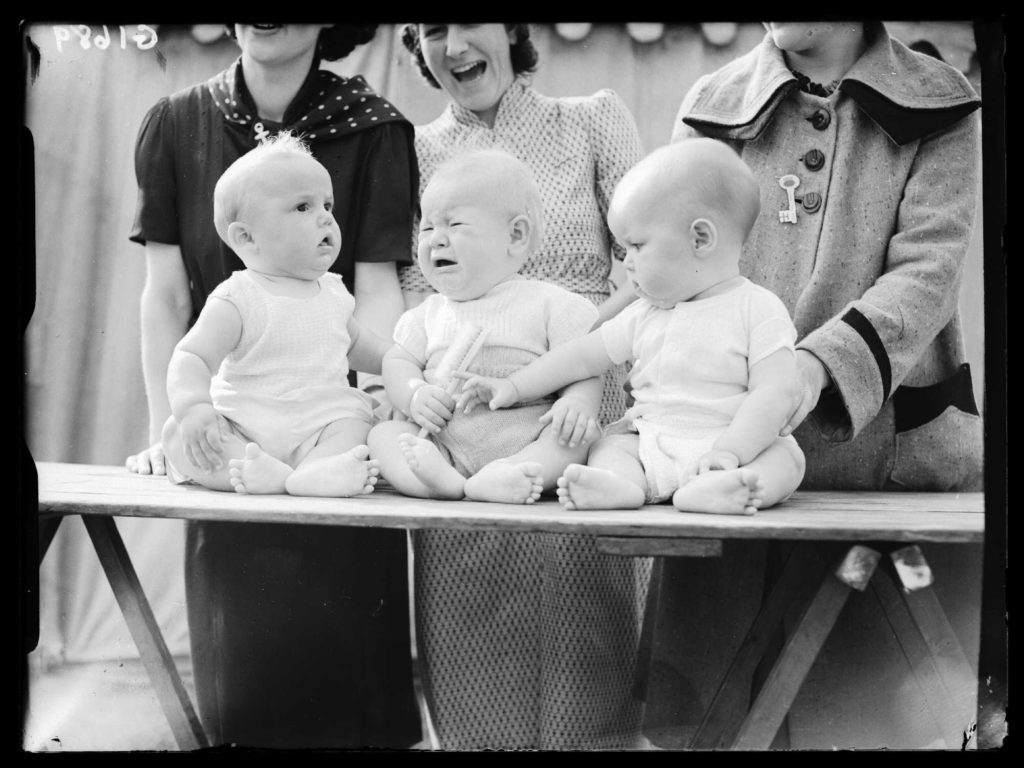Even babies understand trust and reciprocity
In his book, The Truth about Trust, David deSteno, describes an experiment conducted by psychologists Karen Wynn and Paul Bloom with 10 month old babies.
A short puppet show was shown to the babies. A red circle with google-eyes tries to climb a hill on two occasions but fails to reach the summit each time. During the third attempt a green triangle – ‘the hinderer’ – comes on stage and pushes the circle back downhill. Then a blue rectangle – ‘the helper’ – appears and helps the circle get to the top of the hill.
For the second part of the experiment the researchers showed all three ‘puppets’ on stage. The climber was centre stage with the helper and hinderer on either side. In this second scenario the climber shape must choose between helper and hinderer by bouncing over to stand beside them.
Whenever the climber chose the helper, the babies were not too interested – it made sense to them. However, when the climber chose the hinderer the babies stared for ages (staring in babies is an indicator of interest or surprise). The babies were clearly surprised that the climber hasn’t better sense.
After the show the babies had a chance to pick up and play with either the helper or the hinderer. All of the infants chose the helper.
The practice of reciprocity is common but it is also commonly negative.
Revenge.
Tit-for-tat.
An eye for an eye.
There is an instinct to return like for like that is so universal that it seems as though some hidden reciprocity balance is always being maintained.
If that’s the case it makes sense to manage our reciprocal exchanges constructively.
“In creation there is no evil; all is good. Certain qualities and natures innate in some men and apparently blameworthy are not so in reality…… greed, which is to ask for something more, is a praiseworthy quality provided that it is used suitably.” ‘Abdu’l-Bahá (2)
#bahaiblogging
Photo – Baby show – Collection of National Media Museum
